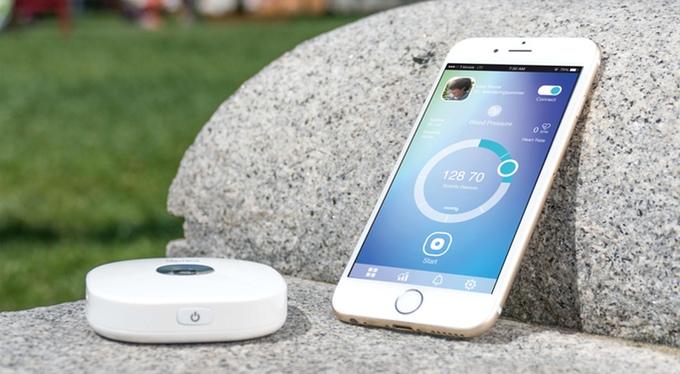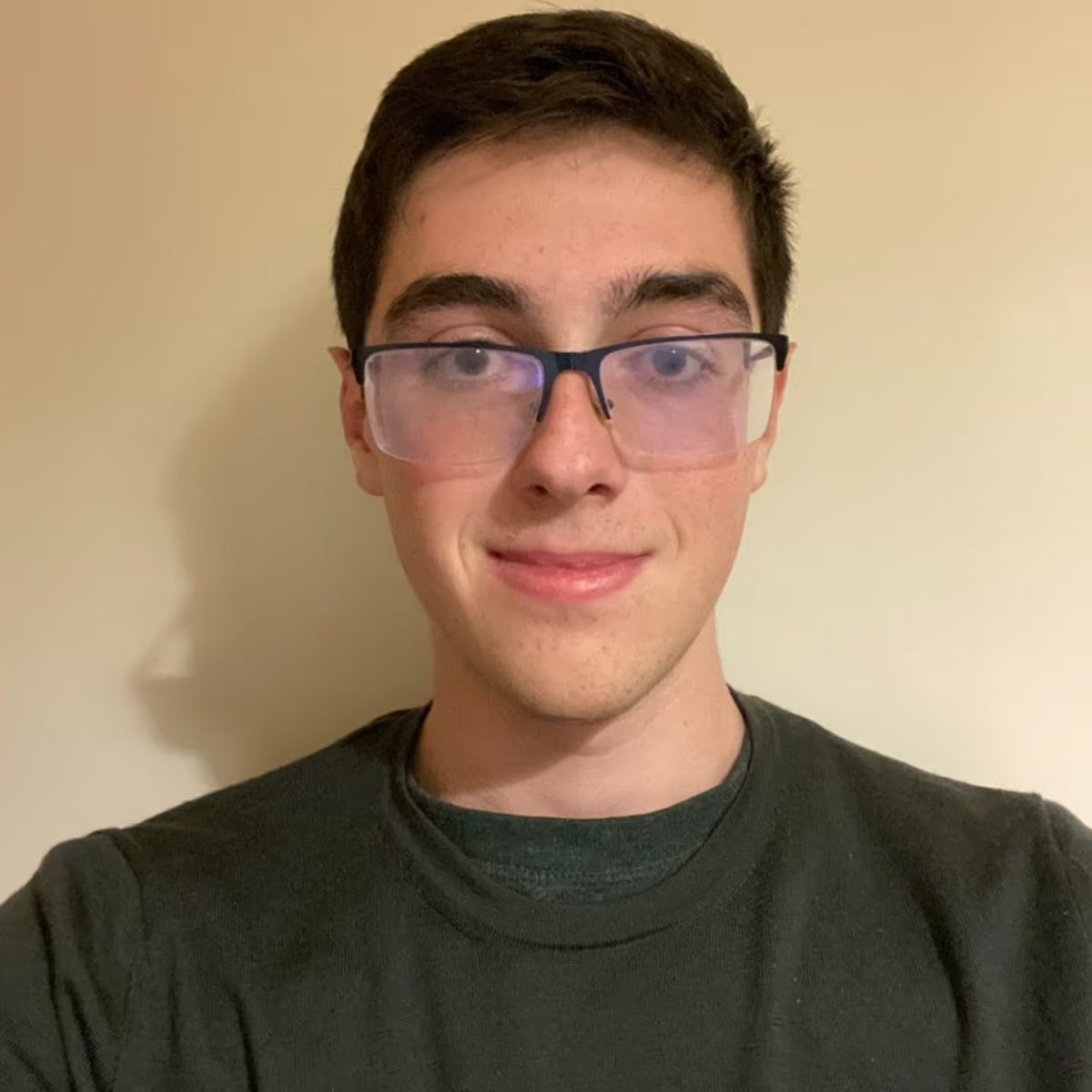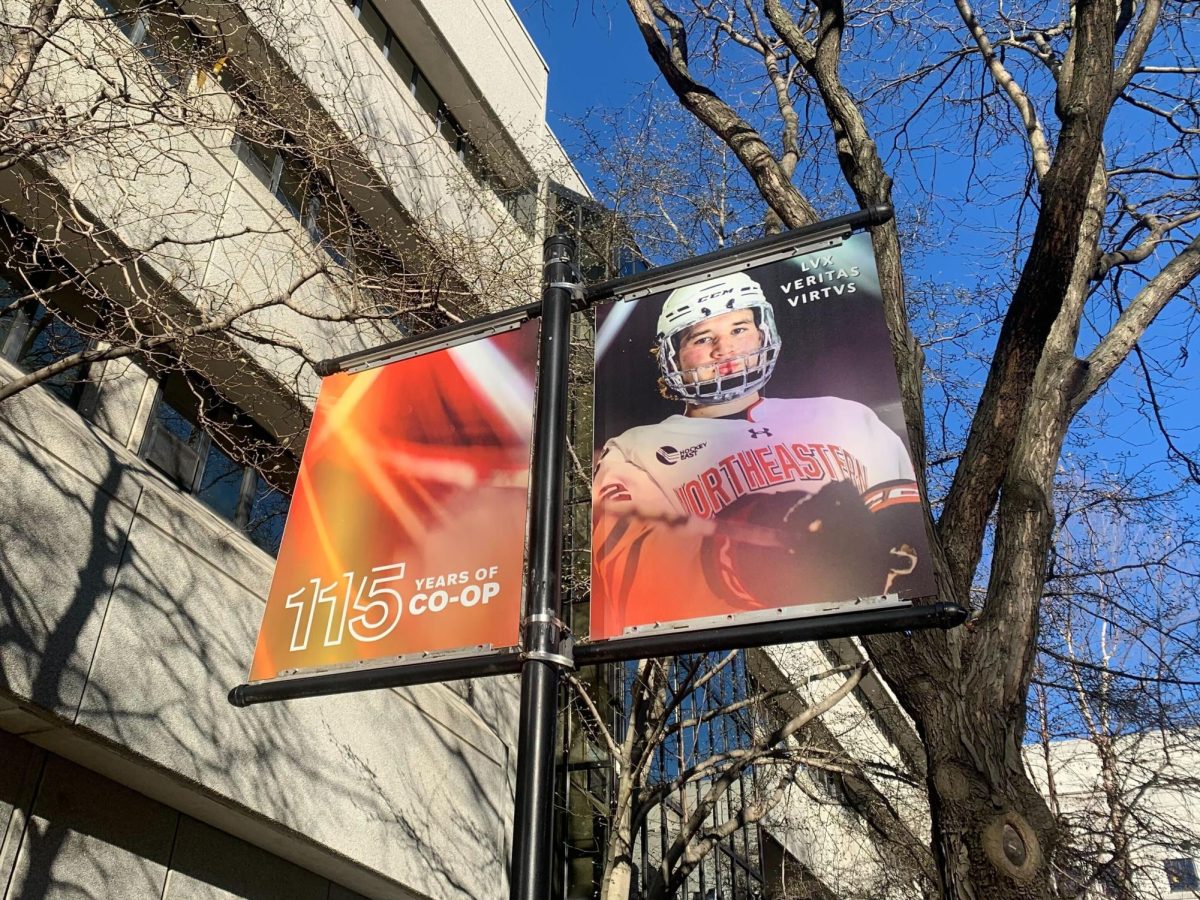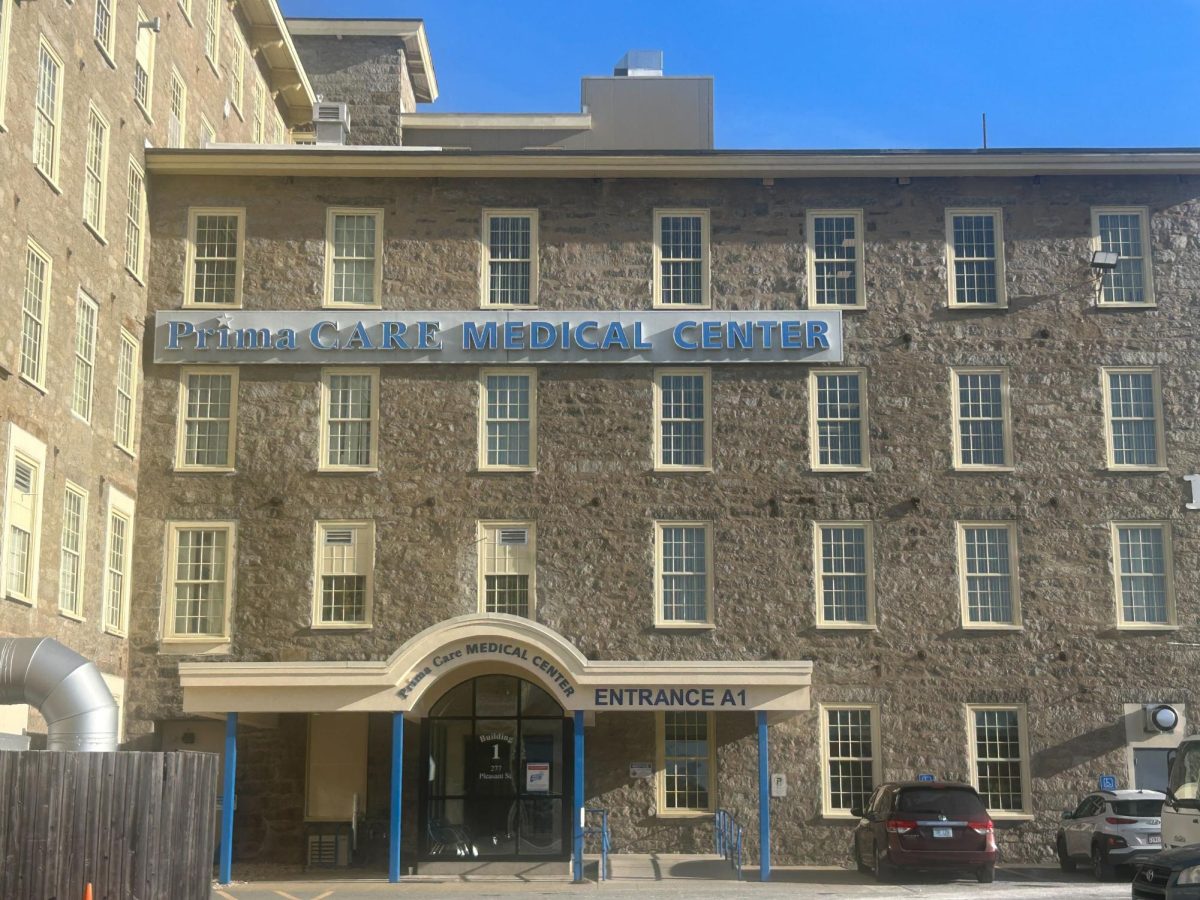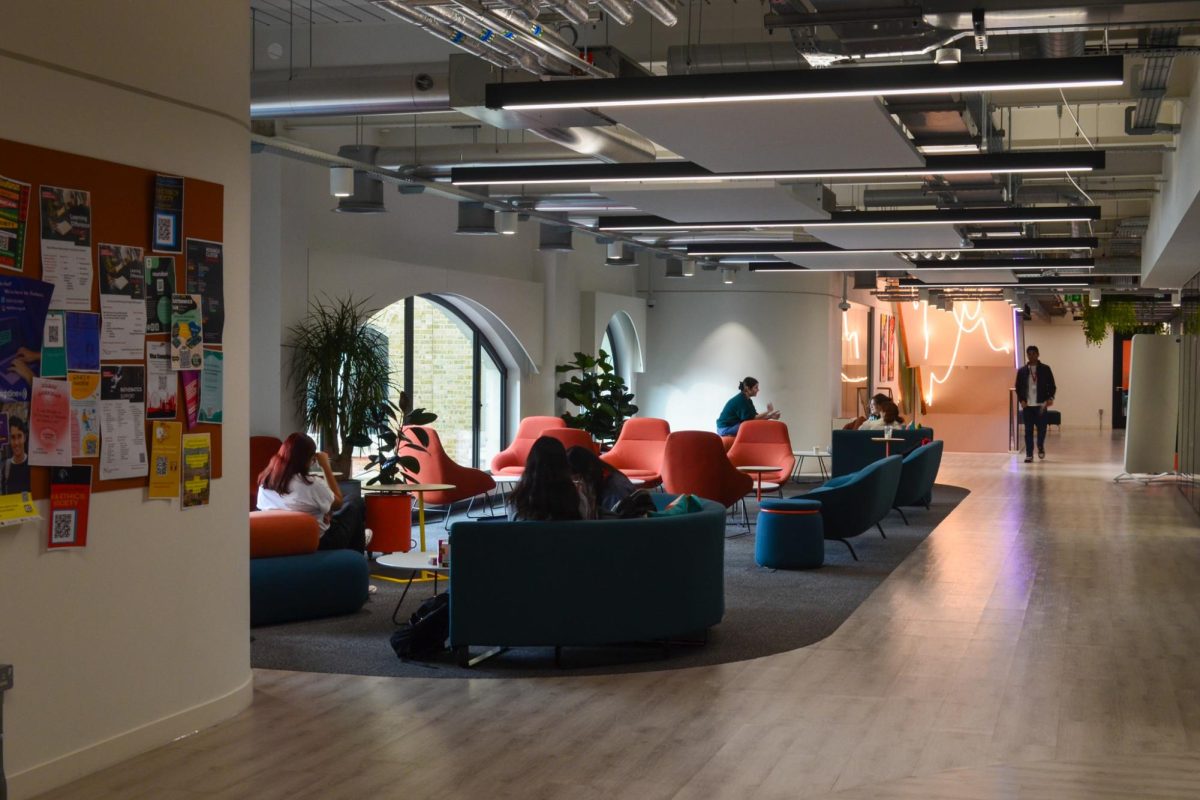By Glenn Billman, news correspondent
Lifestone, a wellness device company cofounded by Northeastern Ph.D. candidate Xin Xie, reached a milestone on Thursday, Oct. 13, raising more than $80,000 during a Kickstarter fundraiser. Their device, also called Lifestone, allows patients to measure their vital signs—including temperature, blood pressure, oximetry, ECG/EKG, respiration rate, stress index and heart rate—at home and track and share data on their smart phones.
Lifestone now has enough money to produce approximately 400 devices, most of which will be shipped to early backers of the Kickstarter campaign, according to Anlyn Liu, Lifestone co-founder and vice president of the MIT-China Innovation and Entrepreneurship Forum. Previously, the company’s research and prototypes were funded by a $200,000 investment from Linktop, a Chinese tech company
“We just wanted to create a prototype where [people] can measure health data in their own home,” Liu said. “A prototype that would help people measure their health datas instead of going to hospitals.”
Lifestone is a pocket-sized gadget that connects to a smartphone app: Among other features, it can use an infrared sensor to measure body temperature, touchpads that act as electrocardiograms to monitor the heart’s electrical activity and a detachable arm cuff to assess blood pressure. An optional stethoscope-like attachment named stethostone can also be used to listen to internal sounds such as respiration or heartbeats.
Xie and his team received feedback and advice from mentors at Northeastern’s Nurse Innovation and Entrepreneurship Summit and Hackathon in June, but the product is otherwise unaffiliated with the school. According to Liu, Lifestone’s intended purpose is to make gathering health data more convenient for the average family.
People who have tested the Lifestone prototypes are generally pleased with the accuracy and convenience of it, Liu said.
“At the beginning, they are kind of wondering if our data’s accurate,” Liu said. “But when they use it and they compare it to other medical devices […] our data are just as correct. The feedback that we hear from our users is that they like it, it’s very convenient, and people are willing to buy it for their families.”
According to a 2016 survey by Quirk’s Media, millennials are more than twice as likely than older generations to use wearable technology or apps to monitor their wellness and fitness.
Freshman civil engineering major Khiana Rogers is part of this trend, using FitBit and MyFitnessPal to track her health data. However, she isn’t interested in a product like Lifestone, as she doesn’t value many of the types of health data it tracks.
“It’s not much use for me because I’m not very educated in that subject, of the specifics,” Rogers said. “I probably wouldn’t use it. It probably wouldn’t be worth my money.”
Freshman bioengineering major Aileen Cristo, however, would be interested in a product like Lifestone as long as it cost $200 or less.
“The FitBit basically only tells you how many steps you’ve taken,” she said. “It’s really rudimentary data. […] If you know your heart rate and other biometrics [that Lifestone measures], you can know if you’re actually getting healthier.”
Although Lifestone is looking to evolve into a medical device in the future, it currently doesn’t meet American regulations to be used as anything beyond a wellness device, said Liu. Lifestone has different marketing policies in China, however, because regulations are looser.
“In China, we just want to try to create a business relationship with health insurance companies, and if some hospitals want to try our device, we will give them a try,” Liu said.
Lifestone is one of many companies attempting to cater to the rising demand for accurate, accessible health and wellness data. Assistant computer and health science professor Stephen Intille attributes this trend to the falling prices of portable and wearable health technology, which has made it attainable for the average consumer. Popularity, however, does not indicate necessity, he said.
“I think the challenge is that there’s not a lot of evidence yet that these devices have a long-term positive impact on health, and that’s where more research needs to be done,” Intille said. “Just because people are buying them—the fitness based [devices] at least—doesn’t necessarily mean that for people who need the most help, they actually work.”
According to a 2014 survey by Manhattan Research, more than a third of US physicians advised their patients to use a mobile health app, and more than 20 percent monitored patients remotely, which Lifestone would allow them to do. However, that still means a majority of doctors don’t use or recommend mobile health apps.
“A lot of the time, people assume that doctors want more information, but that’s not often the case,” Intille said. “Doctors are essentially overwhelmed—they have a lot of information, they have not enough time. So if this device creates more information but doesn’t save the physician time. They should be concerned about whether or not the physician is going to be receptive to that device.”
Photo courtesy Lifestone


